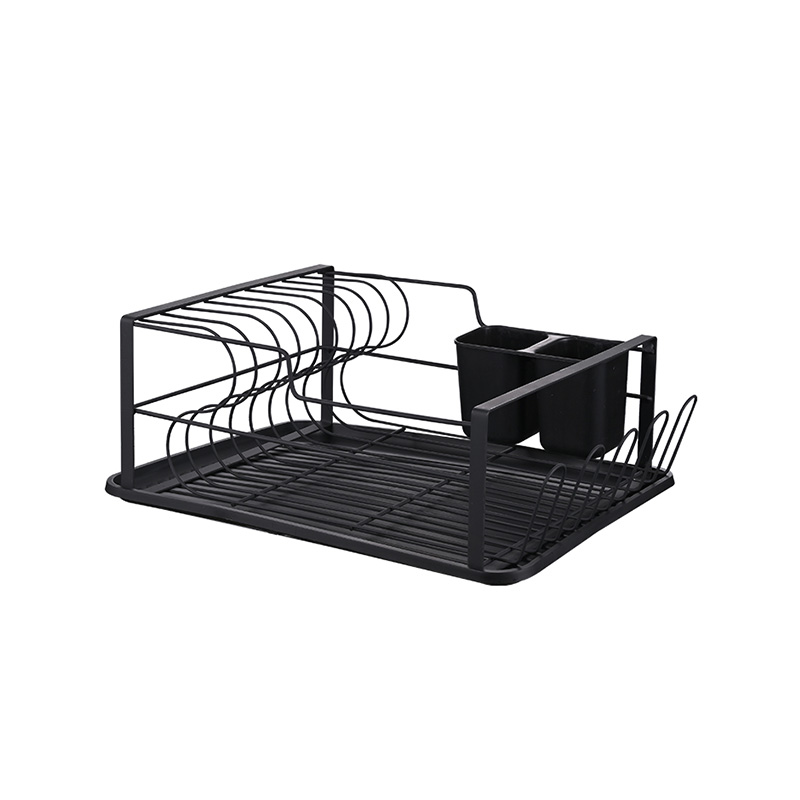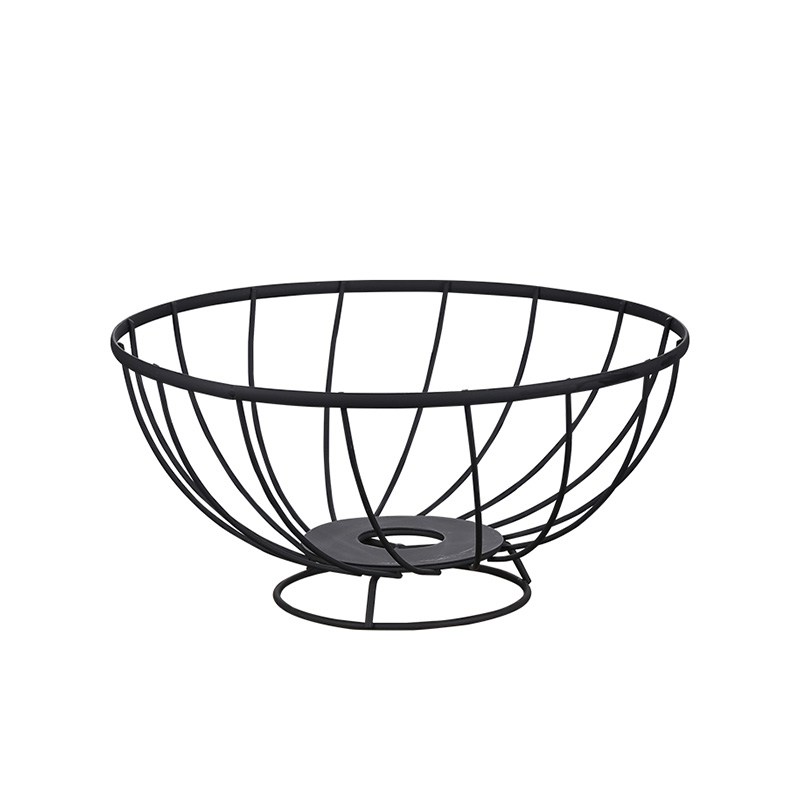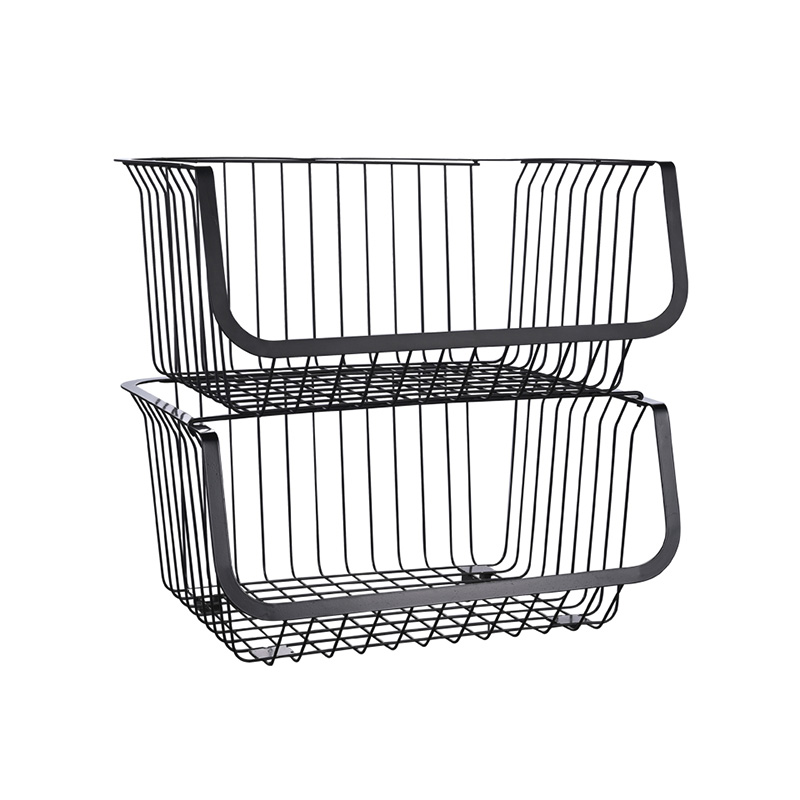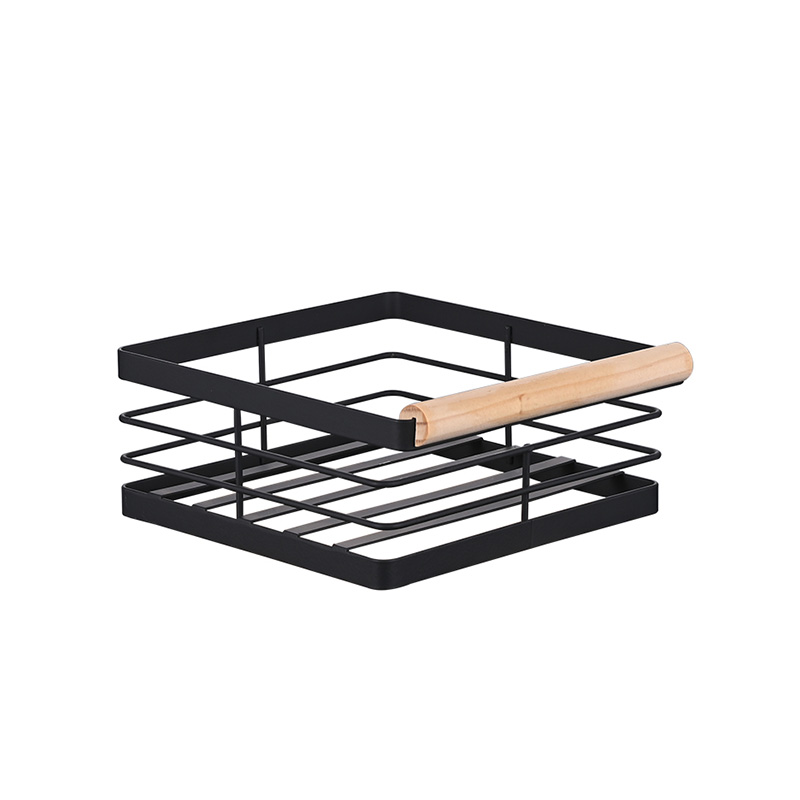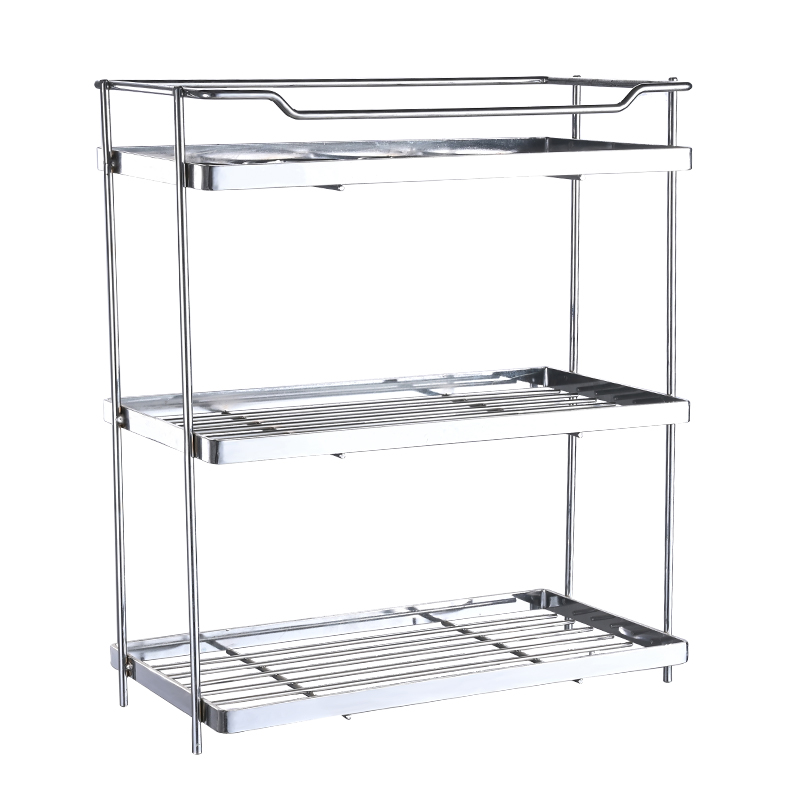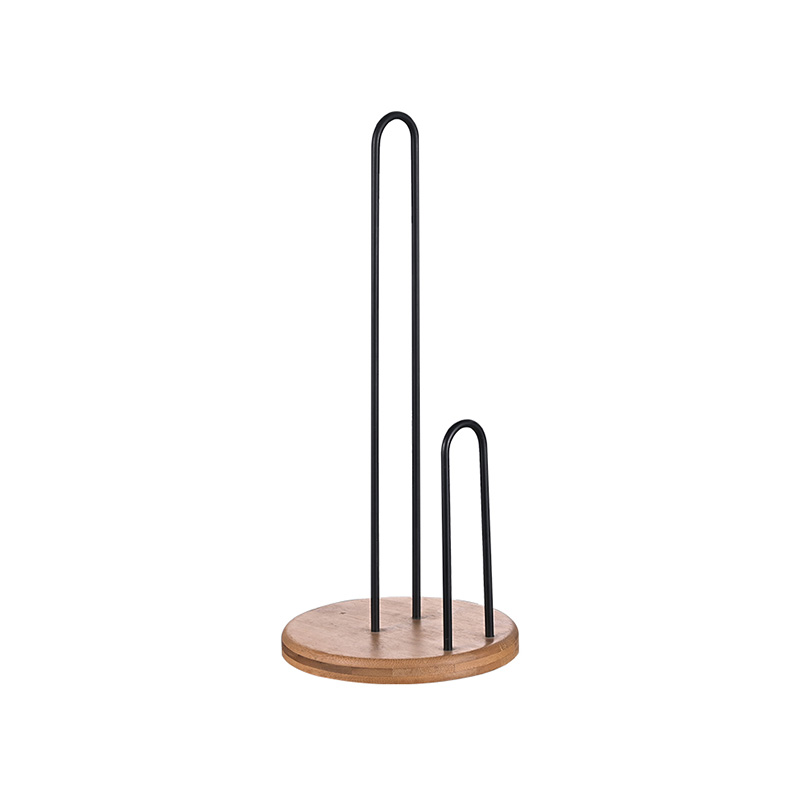Paper Towel Holder Manufacturers: 2025 Drill-Free OEM Trends & Prices
Factories across the Guangdong corridor in South China are re-tooling stamping lines for 2025's fastest-growing SKU: the drill-free paper towel holder. Buyers typing "Paper Towel Holder Manufacturers" into Alibaba, Made-in-China and Global Sources this quarter are greeted by near-identical brushed 201-grade stainless steel tubes, 3-M VHB glue plates and a bold "NO MOQ, 48-HR SHIP" badge. This uniformity masks a hard-fought supply-chain reset, driven by three key macro signals.
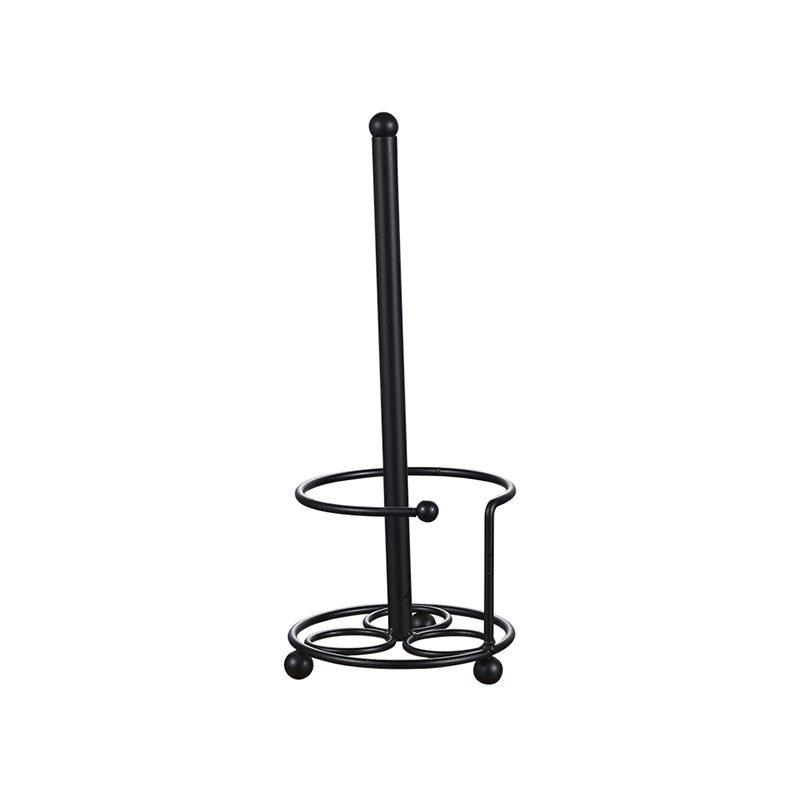
rental-generation demand plays a pivotal role
A Pew Research report from August 2025 reveals that 63% of 18-35-year-olds in the U.S. now live in rented apartments where landlords prohibit drilling, creating a surging need for drill-free solutions. Second, ocean-freight sanity has provided importers with new opportunities. Trans-Pacific spot rates have held below USD 1,600/FEU for 14 straight weeks, giving importers the room to trial small, light SKUs like drill-free paper towel holders. Third, dollar-yuan peg stability has simplified pricing for manufacturers. Since June, the CNY has traded within a 1.5% band, allowing Chinese Paper Towel Holder Manufacturers to quote valid FOB prices for 60 days instead of the usual 15, reducing uncertainty for both sides.
Before any die is changed in the production process, engineers spend a morning scraping one-star Amazon reviews to identify consumer pain points. The three complaints that surface most often are: "Adhesive won't stick," "Fell off after two days—cheap plastic," and "Doesn't fit my Kirkland jumbo roll." These feedback points are now pinned to every Kanban board in Jiangmen's metal-work cluster, as solving them has become the quickest route to repeat orders.
address adhesive issue
To address the adhesive issue, manufacturers have upgraded their tape specifications. Last year's 0.8 mm PE foam tape had a 1.2 kg shear rating; the new spec is 1.0 mm acrylic VHB, rated 2.5 kg and tested for 72 hours at 40°C and 90% humidity—conditions that mimic a Florida kitchen after a pasta night. This upgrade comes with a cost uplift of just USD 0.06, but the results are significant: return requests citing "glue failure" dropped by 38% in Q2 2025, based on shipment data from industry sources.
When it comes to load-bearing without drilling, designers have made key adjustments. To hit a 4.5 kg static load (equivalent to a wet jumbo roll plus a cast-iron pan rested on top), they widened the base plate from 45 mm to 60 mm and added two concealed set screws that bite into the stainless ring. The change adds 22 g of steel, costing an extra USD 0.04, but it enables suppliers to advertise "commercial-grade" products, helping them win hotel tenders.
Jumbo-roll compatibility was another major
U.S. Costco's Kirkland paper tube diameter is 32 mm, while EU private-label discs can hit 35 mm. To solve this, factories now mold a detachable POM adaptor that snaps inside the roller. This innovation allows retailers to sell the same SKU on both sides of the Atlantic. The MOQ for the adaptor is only 500 pieces and can be mixed in the same carton, increasing flexibility for buyers.
Sustainability has become an important factor
IKEA's 2025 supplier audit added a "recycled steel" checkbox, prompting three Jiangmen-based manufacturers to blend 30% post-consumer scrap into 201-grade stainless steel. They obtained an SGS traceability report and raised their FOB price by only USD 0.08. "The green premium is tiny but the marketing uplift is huge," says the experienced sales director.
Logistics have also been optimized with a clever hack: shipping by pieces instead of sets. Loose-piece packing cuts carton size by 28% and allows 18% more units per 40 HQ container. For an order of 10,000 pieces, the saving equals USD 470—enough to offset the cost of OEM sleeves, further reducing costs for buyers.
For importers, the bottom line is clear
Paper Towel Holder Manufacturers in South China have entered a buyer's market. However, the winners will be the sellers who solve the trinity of consumer pain points—adhesive performance, load-bearing capacity, and roll compatibility—while still offering 200-piece MOQ and sub-USD 3 pricing. Bringing a one-page sustainability data sheet and a 10-day lead time requirement to the negotiation table is crucial, as these are exactly the factors today's Amazon and supermarket buyers are prioritizing when searching for suppliers.
-
Feedback


 English
English 中文简体
中文简体 русский
русский Español
Español
